Our patients can choose from several types of eyeglass lenses to suit their needs. They come in multiple styles and may also feature different materials. This wide variety allows our patients to choose the designs they prefer most, helping them to feel as confident and comfortable as possible. Let’s take a closer look at the diverse types of eyeglass lenses available today.
Common Types of Eyeglass Lenses
Corrective eyeglass lenses have come a long way since their invention. The first lenses were usually made from hand-blown glass and
set into frames made of wood, leather, or animal bone. They had to be held in front of the eyes or on the nose, and only the wealthiest could afford them. Today, there are so many types of eyeglass lenses that it can be hard to keep track of them all. Luckily, they’re now more affordable and accessible than ever.
Single Vision
Single vision lenses are probably what most people picture when they think of eyeglasses. They feature a basic design with the same prescription across the entire lens. Patients typically wear these to treat near-sightedness or far-sightedness.
Bifocals and Trifocals
These are composed of either two (bifocals) or three (trifocals) distinct types of eyeglass lenses. They can help correct multiple vision conditions without needing to switch between prescriptions. For example, bifocals may correct both near- and far-sightedness. Bifocals and trifocals each feature a clear line dividing their
distinct prescriptions.
Progressive
Progressive lenses are becoming
increasingly popular these days. They serve to correct vision conditions without a transition zone (the line on bifocals and trifocals). Instead, the focal power of their prescription increasingly progresses from top to bottom. This is where they get their name.
Toric
Toric lenses are fairly uncommon, and they’re named for their
unique shape. Patients often wear these single vision lenses to correct symptoms of
astigmatism. They combine spherical and cylindrical lenses and can increase the clarity of distant objects when worn.
Prism
These lenses may look like traditional eyeglasses, but they serve special purposes. Prism lenses can
correct double vision and symptoms of heterophoria (latent squint or misalignment). They do this by bending or reflecting light so the wearer’s retinas can focus more easily.
Which Are the Thinnest Eyeglass Lenses?
Throughout the 20th century, many eyeglass lenses were thick and clumsy. It wasn’t
until the 1980s that thinner plastic lenses were widely available to the public. Some of our patients prefer to choose the thinnest eyeglass lenses accessible to them, and we do our best to support their needs with several materials.
Glass
Most people still refer to corrective lenses simply as “glasses.” This makes sense given that most lenses were traditionally made from glass. However, today’s corrective lenses rarely contain glass because it’s thicker, heavier, and more likely to break than other materials.
Plastic
Many modern eyeglass lenses now feature plastic lenses. They are relatively affordable and lightweight, making them popular among most patients. Plastic lenses are also thinner and more durable than traditional glass lenses.
Polycarbonate
These lenses are the thinnest eyeglass lenses available, though they may be more expensive than plastic alternatives.
Polycarbonate is extremely light, shatterproof, and scratch-resistant, and it can also block up to 100% of harmful ultraviolet light.
Which Are the Best Types of Eyeglass Lenses?
The best types of eyeglass lenses are a matter of personal choice. While you alone can make this decision, our friendly optician is always available to guide you through your options. If you have questions about frames, lens prescriptions, or types of eyeglass lenses, please feel free to
contact us today. We’d be happy to help you choose the perfect pair for your exact needs.

